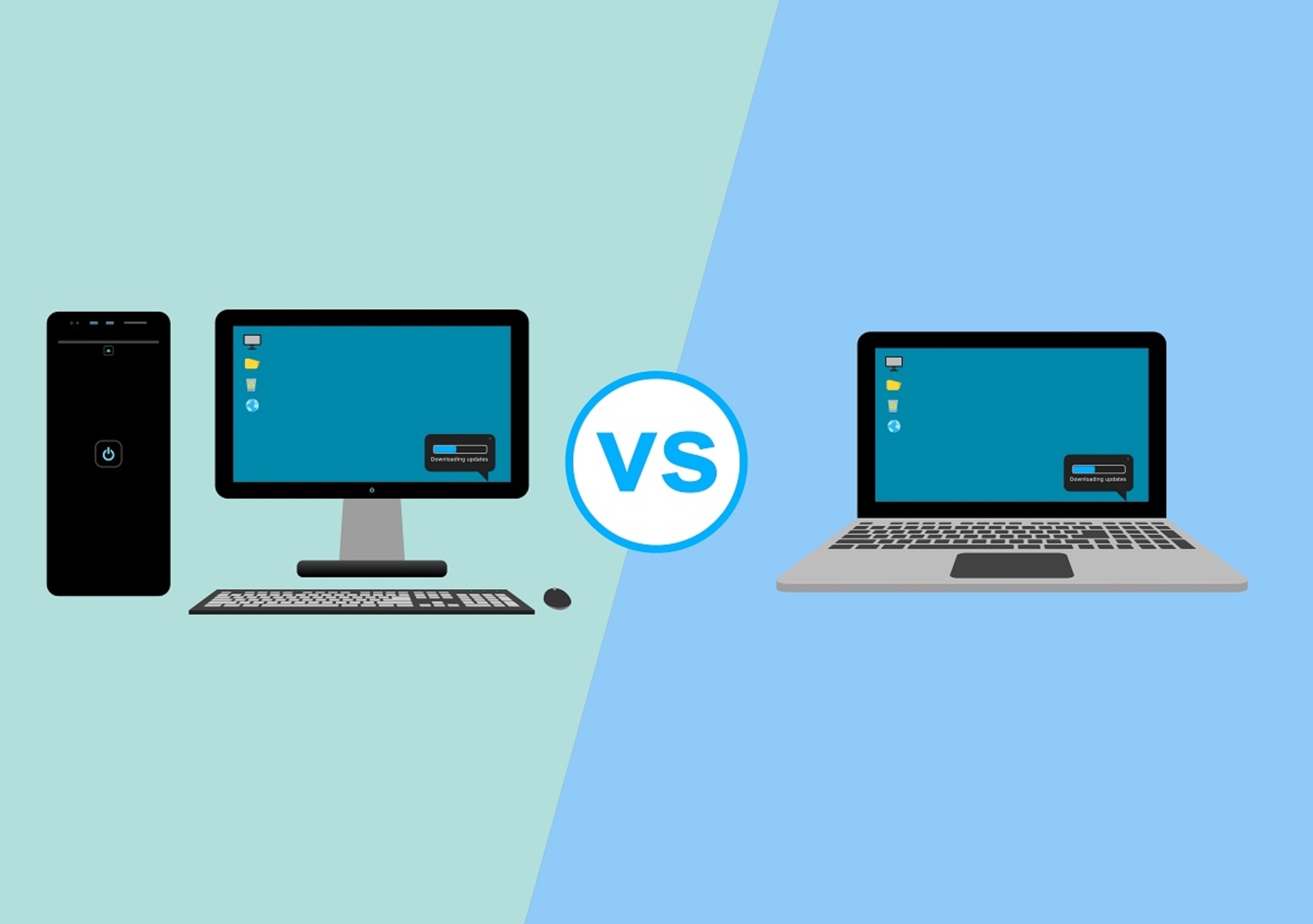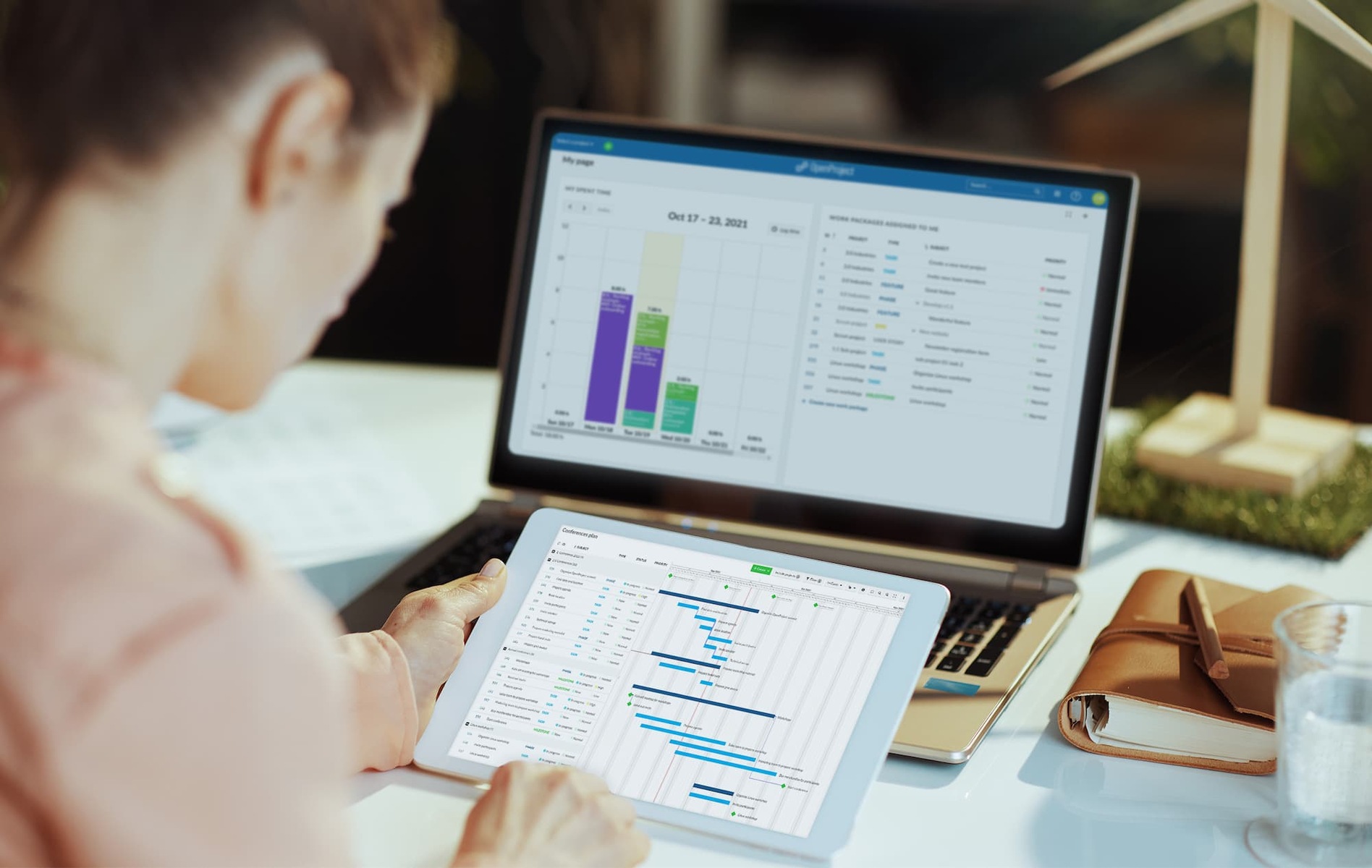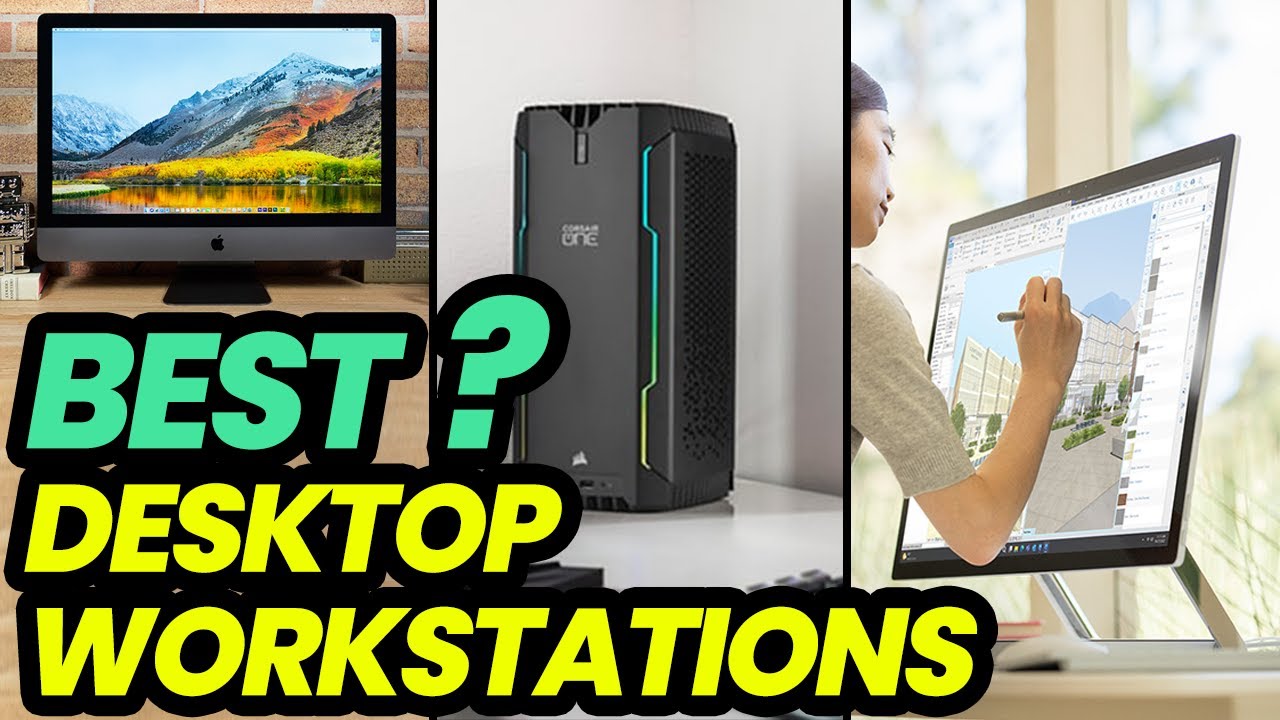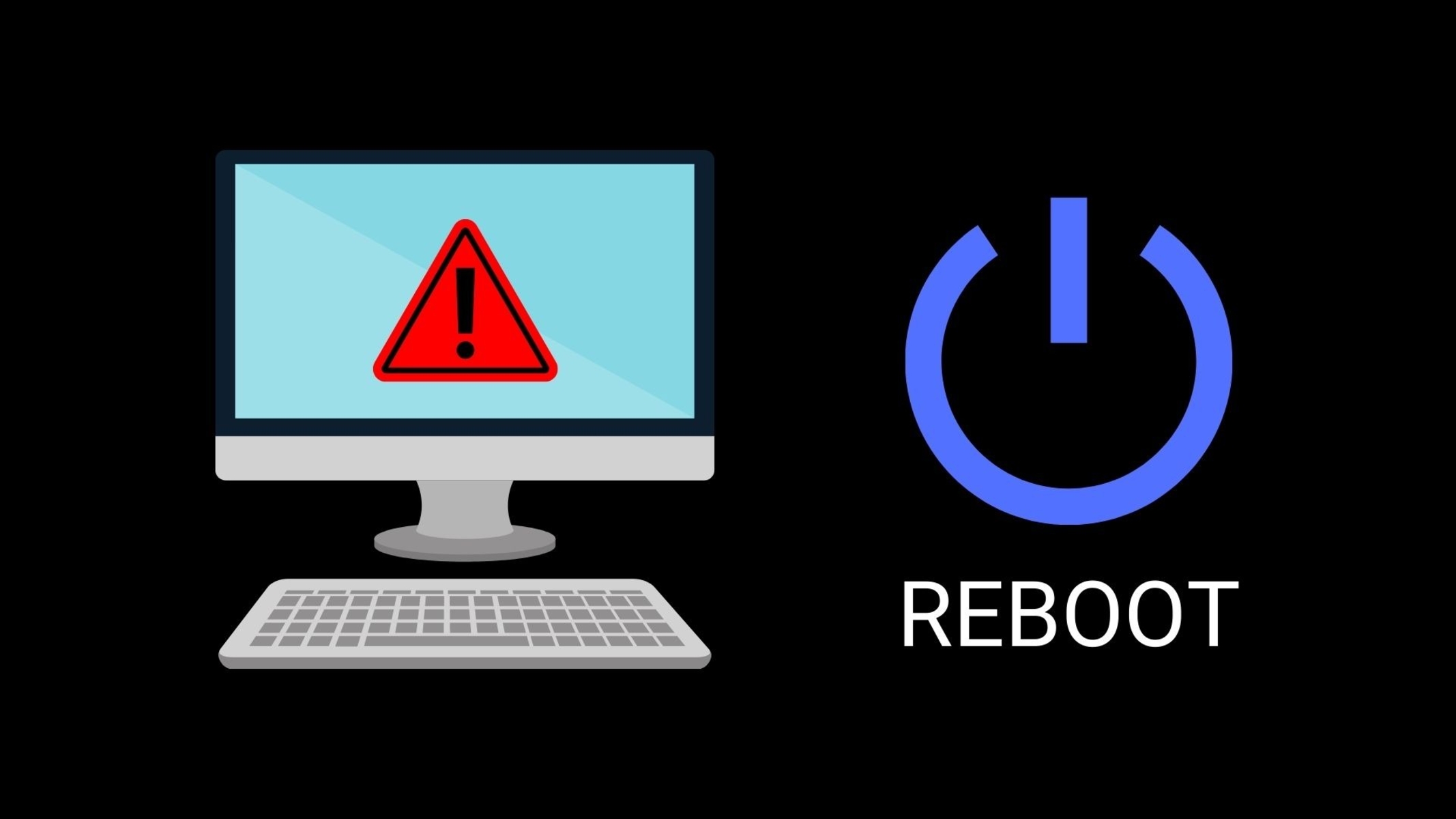Introduction
Welcome to the world of computers, where technology continues to evolve at a rapid pace. With so many options available in the market, it can be overwhelming to choose the right device for your needs. Two popular choices that often come up in this debate are desktop computers and workstations. While they may seem similar at first glance, there are important differences that set them apart.
In this article, we will delve into the nuances of desktop computers and workstations to help you understand their unique features, benefits, and functions. By the end, you will have a clearer picture of which option aligns better with your specific requirements.
Before we dive into the specifics, let’s establish a clear definition for both terms. A desktop computer refers to a personal computer designed to be used on a desk or table, typically consisting of a central processing unit (CPU), monitor, keyboard, mouse, and other peripheral devices. On the other hand, a workstation is a high-performance computer system designed for professional use, with enhanced capabilities for resource-intensive tasks like video editing, 3D modeling, and scientific simulations.
Now that we have a basic understanding of the terms, let’s explore the key differences between desktop computers and workstations to help you make an informed decision.
Definition of Desktop and Workstation
Before diving into the differences between desktop computers and workstations, let’s establish a clear definition for each.
A desktop computer is a personal computer designed for everyday use in a home or office setting. It typically consists of a tower or case that houses the main components, including the central processing unit (CPU), motherboard, memory, storage devices, and power supply. A desktop computer is connected to a monitor, keyboard, mouse, and other external devices to provide a complete user experience.
On the other hand, a workstation is a high-performance computer system designed to handle complex and resource-intensive tasks. It is commonly used in professional settings such as engineering, architecture, media creation, scientific research, and financial analysis. Workstations are equipped with more powerful processors, enhanced graphics cards, larger amounts of memory, and advanced storage systems compared to desktop computers.
While both desktop computers and workstations serve the general purpose of computing, workstations are specifically optimized for professionals who require superior performance, speed, and reliability to complete their specialized tasks efficiently. This increased performance often comes at a higher price tag compared to desktop computers.
Now that we have a clear understanding of the definitions of desktop computers and workstations, let’s delve into their respective features and functionalities to better understand their differences.
Purpose and Functionality
When it comes to purpose and functionality, desktop computers and workstations cater to different user needs.
Desktop computers are designed for general use, making them suitable for tasks such as web browsing, email communication, document creation, multimedia consumption, and light to moderate gaming. They provide a cost-effective solution for individuals and small businesses who require basic computing capabilities without the need for advanced processing power or specialized software.
On the other hand, workstations are built to excel in demanding environments that require high-performance computing capabilities. They are specifically designed to handle resource-intensive tasks such as 3D modeling and rendering, video editing, scientific simulations, and CAD/CAM applications. Workstations are equipped with powerful processors, ample memory, fast storage options, and high-end graphics cards to provide professionals with the tools they need to work efficiently and effectively.
Additionally, workstations usually offer enhanced reliability and stability, thanks to components that are rigorously tested and certified to work optimally under heavy workloads. This is crucial for professionals who rely on their machines for critical projects and cannot afford any downtime.
In summary, desktop computers are ideal for everyday tasks and casual computer use, while workstations are purpose-built for professionals who require exceptional performance and reliability in specialized fields.
Design and Form Factor
When it comes to the design and form factor, desktop computers and workstations differ in their physical appearance and configurations.
Desktop computers typically come in a tower or case form factor, where the main components such as the CPU, motherboard, and storage drives are housed. They are designed to be compact and easily fit on a desk or table. Desktop computers often allow for customization and upgradability, with options to add or replace components as needed.
On the other hand, workstations come in various form factors depending on the specific requirements of the profession. While some workstations may resemble towers similar to traditional desktop computers, others feature a compact and portable design for professionals who need to work on the go. Workstations may also come in rack-mounted or blade form factors, which are commonly used in data centers and server environments.
In terms of aesthetics, desktop computers often offer more customization options and a wider variety of styles and colors to choose from. Workstations, on the other hand, prioritize functionality over aesthetics, with a focus on delivering performance and reliability rather than visual appeal.
Another key design difference between desktop computers and workstations lies in their cooling systems. Workstations generally have more robust cooling solutions, such as multiple fans and liquid cooling, to handle the heat generated by power-hungry components during heavy usage. This ensures that the workstation remains cool and stable even under intense workloads, minimizing the risk of overheating and performance throttling.
In summary, while both desktop computers and workstations vary in their form factors and designs, desktop computers offer more customization options and variety, whereas workstations prioritize functionality, reliability, and efficient cooling systems.
Processing Power and Performance
One of the most significant differences between desktop computers and workstations lies in their processing power and performance capabilities.
Desktop computers are generally equipped with processors that offer a balance between performance and affordability. They are designed to handle everyday tasks such as web browsing, document editing, and multimedia playback. Depending on the specific model and configuration, desktop computers can range from entry-level processors suitable for basic tasks to higher-end processors capable of handling more demanding applications.
Workstations, on the other hand, are built with processors that prioritize performance and efficiency. They often feature multi-core processors, such as Intel Xeon or AMD Ryzen Threadripper, that are designed to handle complex calculations and resource-intensive tasks. These processors provide a significant boost in computational power and are capable of handling demanding applications and workloads with ease.
The increased processing power of workstations enables professionals to perform tasks such as 3D rendering, video editing, and scientific simulations much faster and more efficiently. This is particularly beneficial for industries where time and productivity are crucial factors.
In addition to the processors, workstations also offer advanced features such as ECC (Error-Correcting Code) memory, which helps detect and correct errors in data transfer, ensuring data integrity. This is highly beneficial in fields where data accuracy is of paramount importance, such as scientific research and financial analysis.
Furthermore, workstations often have better cooling systems to handle the heat generated by powerful processors during intensive workloads. By keeping the system temperature in check, workstations can maintain their performance levels and prevent thermal throttling, which can occur when a processor slows down to prevent overheating.
In summary, workstations provide significantly higher processing power and performance compared to desktop computers. This makes them the preferred choice for professionals who require fast and efficient computing capabilities for resource-intensive tasks.
Graphics and 3D Rendering
When it comes to graphics and 3D rendering capabilities, workstations outshine desktop computers due to their specialized hardware and optimized performance.
Desktop computers typically come with integrated graphics processors or entry-level dedicated graphics cards that are sufficient for everyday tasks and basic multimedia usage. While they can handle tasks like photo editing and casual gaming, they often struggle to deliver optimal performance for demanding graphics-intensive applications.
Workstations, on the other hand, are equipped with higher-end dedicated graphics cards that are specifically designed for professional use. These graphics cards, such as NVIDIA Quadro or AMD Radeon Pro, offer improved performance and stability, along with optimized drivers and extensive software support for specialized applications in fields like computer-aided design (CAD), animation, visual effects, and scientific visualization.
The dedicated graphics cards in workstations feature larger memory capacities and more advanced GPU architectures, allowing for faster rendering times, smoother real-time graphics manipulation, and better support for complex shader effects. They are also certified by software vendors to ensure compatibility and reliability, making them a go-to choice for professionals who rely on accurate and high-quality graphics output.
In addition to powerful graphics cards, workstations often offer support for multiple displays, allowing professionals to work on multiple projects concurrently or view their work on larger screens for increased productivity and visual clarity.
Furthermore, workstations provide more extensive options for GPU upgrades, allowing professionals to scale up their graphics capabilities as their needs evolve. This flexibility is particularly valuable in industries where rapid advances in graphics technology are the norm.
In summary, workstations are designed to deliver superior graphics and 3D rendering capabilities compared to desktop computers. With dedicated graphics cards, optimized drivers, and support for multiple displays, workstations provide professionals with the tools they need to achieve stunning visuals and efficient workflow in graphic-intensive tasks.
Memory and Storage
When it comes to memory and storage capabilities, both desktop computers and workstations offer varying options to suit different needs and requirements.
Desktop computers typically come with a range of memory options, starting from 4GB up to 32GB or more, depending on the specific configuration. This amount of memory is usually sufficient for everyday tasks such as web browsing, document editing, and multimedia playback. For more demanding applications or multitasking, desktop computers can be upgraded to accommodate higher memory capacities.
On the other hand, workstations are built to handle resource-intensive tasks, which often require larger memory capacities. Workstations generally have higher base memory configurations, starting from 16GB and going up to 64GB or even beyond. This allows professionals to work with large datasets, complex 3D models, and multiple resource-intensive applications without experiencing performance bottlenecks.
In addition to memory, both desktop computers and workstations offer various storage options. Desktop computers typically come with traditional hard disk drives (HDDs) or solid-state drives (SSDs), or a combination of both. HDDs provide larger storage capacities at a lower cost, while SSDs offer faster data transfer speeds and improved performance. Users can choose the storage type that best fits their needs and budget.
Workstations, on the other hand, often prioritize performance and reliability, making use of faster storage technologies. They may include PCIe-based SSDs or high-speed NVMe (Non-Volatile Memory Express) SSDs, which offer significantly faster read and write speeds compared to traditional HDDs or SATA-based SSDs. These faster storage options not only enhance overall system performance but also reduce file transfer and loading times, improving productivity in data-intensive workflows like video editing and 3D rendering.
Furthermore, workstations frequently provide additional storage bays and support for RAID (Redundant Array of Independent Disks) configurations, allowing professionals to set up multiple drives for increased storage capacity, data redundancy, and improved performance.
In summary, while both desktop computers and workstations offer varying memory and storage options, workstations generally provide higher memory capacities and faster storage technologies to cater to the needs of professionals handling resource-intensive tasks.
Scalability and Expandability
When it comes to scalability and expandability, workstations typically offer more options compared to desktop computers, allowing professionals to adapt their systems to evolving needs and requirements.
Desktop computers are often designed with a focus on affordability and user-friendly features, which can limit their scalability and expandability options. While some desktop computers allow for component upgrades such as adding more memory or expanding storage capacity, their overall scalability is limited by design constraints and compatibility issues. Upgrading certain components may also require technical expertise or void warranty conditions.
On the other hand, workstations are built to be more flexible and easily expandable to meet the demanding requirements of professionals. They often feature larger and more accessible interior spaces, allowing for easier installation or replacement of components. This includes upgrading CPUs, adding more memory modules, expanding storage capacity, or even replacing graphics cards with newer models to keep up with the latest technological advancements.
Furthermore, workstations are designed with compatibility in mind, ensuring that new components can be seamlessly integrated into the system without compatibility issues or performance bottlenecks. This allows professionals to future-proof their workstations and adapt to changing workloads and software requirements.
In addition to hardware expandability, workstations also offer extensive connectivity options. They typically provide a wide array of ports, including USB, Thunderbolt, HDMI, DisplayPort, and more, allowing professionals to connect various peripherals and devices to their systems. This versatility is particularly valuable in professional settings where multiple devices such as external storage, monitors, scanners, or audio equipment need to be connected.
Overall, workstations provide greater scalability and expandability options compared to desktop computers, making them ideal for professionals who anticipate the need for a more powerful and customizable system in the future.
Price and Cost
When it comes to price and cost, desktop computers generally have a more affordable price tag compared to workstations. The lower cost of desktop computers makes them an attractive option for individuals and small businesses with budget constraints.
Desktop computers are available in a wide range of price points, allowing users to choose a configuration that best fits their needs and budget. Basic desktop computers with entry-level components are often the most budget-friendly option, providing sufficient performance for everyday tasks at a lower cost. As the specifications and capabilities increase, so does the price. Users have the option to select higher-end components or customize their desktop computers according to their specific requirements, taking into consideration factors such as processor, memory, storage, and graphics.
In contrast, workstations are built to deliver exceptional performance and reliability, which usually comes with a higher price tag. Workstations are specifically designed for professionals who require robust computing power, advanced graphics capabilities, and specialized components. The use of high-performance processors, professional-grade graphics cards, larger memory capacities, and faster storage technologies contribute to the increased cost of workstations.
Additionally, workstations often undergo additional testing and certifications to ensure compatibility, stability, and performance with professional software applications. These additional quality assurance measures can add to the overall cost of workstations.
It’s important to note that while workstations may have a higher upfront cost, they can offer a better return on investment for professionals who rely on high-performance computing for their work. The improved productivity, faster rendering times, and reduced downtime due to system failures can outweigh the initial investment in the long run.
In summary, desktop computers are generally more affordable, making them a cost-effective option for everyday computing needs. Workstations, on the other hand, come with a higher price due to their powerful performance, advanced components, and additional certifications, making them ideal for professionals who require superior performance and reliability in specialized fields.
Conclusion
When it comes to choosing between a desktop computer and a workstation, it’s essential to consider your specific needs, budget, and intended usage. Both options have their own advantages and cater to different user requirements.
Desktop computers are versatile, affordable, and suitable for everyday tasks and general use. They offer a cost-effective solution for home users, small businesses, and individuals who don’t require extensive processing power or specialized features.
On the other hand, workstations are specifically designed for professionals who demand superior performance, reliability, and advanced features. They excel in areas such as 3D rendering, video editing, scientific simulations, and other resource-intensive tasks. Workstations provide professionals with the computing power, graphics capabilities, and expandability options needed to achieve optimal productivity and efficiency in demanding workflows.
While desktop computers are more accessible in terms of price and customization, workstations offer unparalleled performance and scalability, often at a higher cost. The decision between the two ultimately depends on your specific requirements, the nature of your work, and the budget you have allocated.
Before making a final decision, it’s important to assess your computing needs, consider the software applications you’ll be using, and determine the level of performance and reliability required to fulfill your tasks effectively. Consulting with professionals in your field or seeking expert advice can also help you make an informed decision.
Remember, whether you choose a desktop computer or a workstation, both options have their own strengths and can provide a valuable computing experience. By understanding the differences outlined in this article, you’ll be better equipped to make the right choice that aligns with your specific needs and enhances your overall computing experience.

























